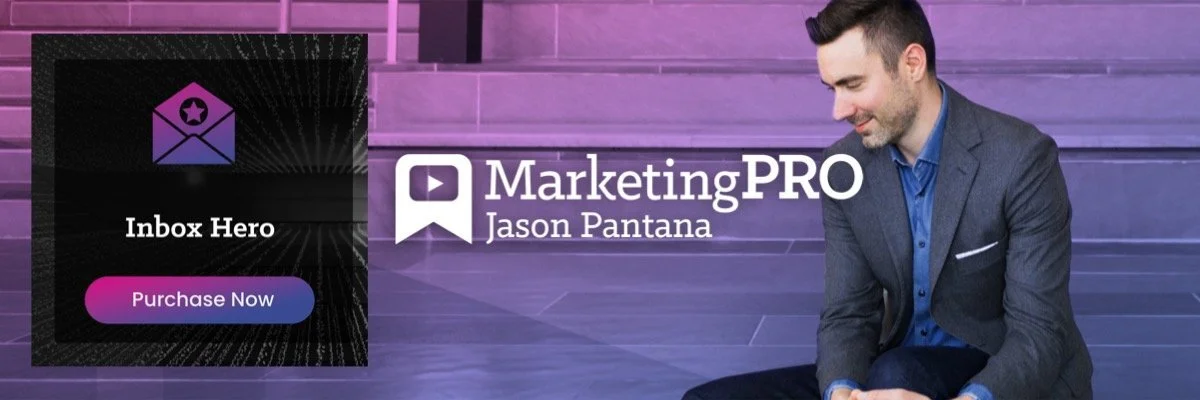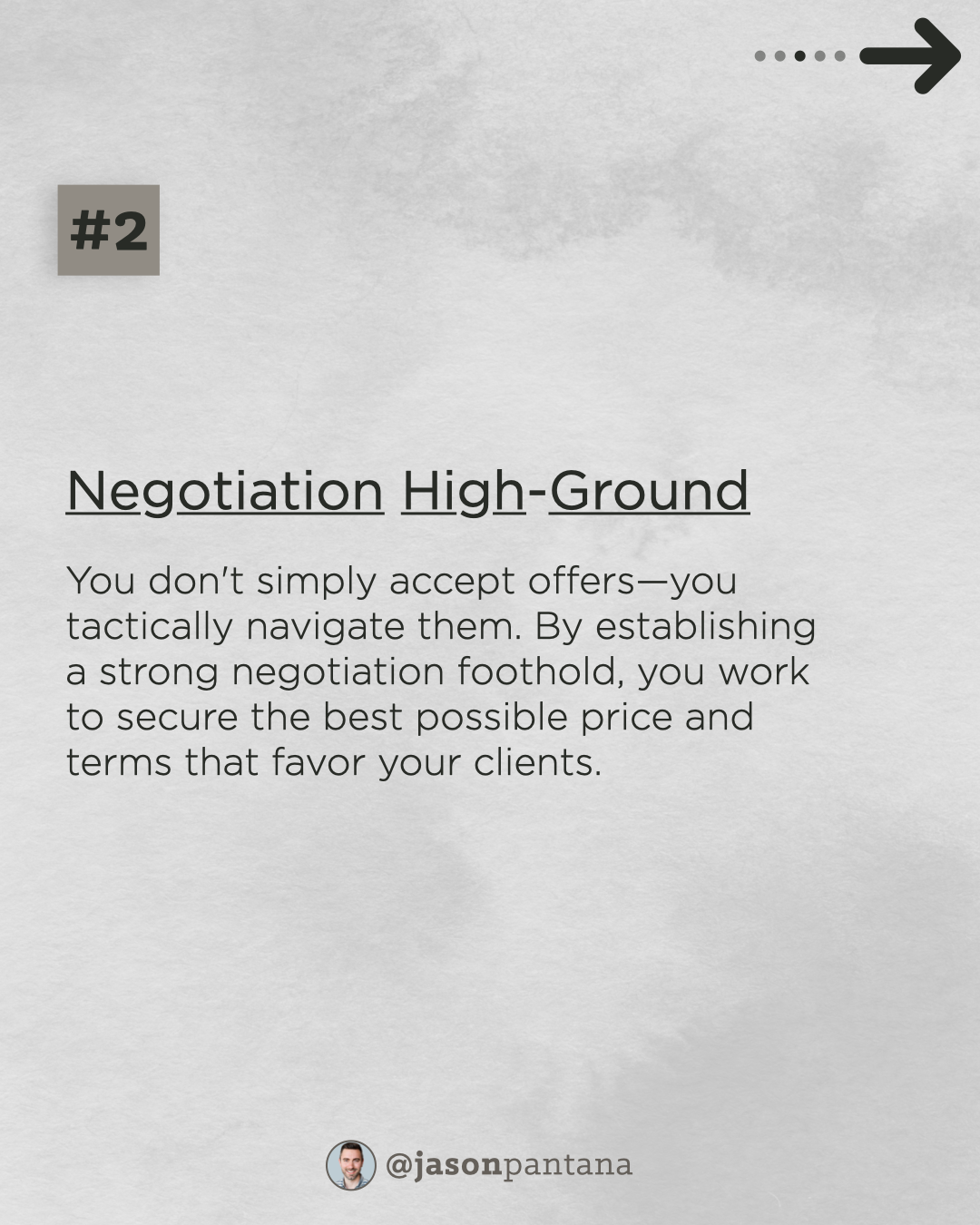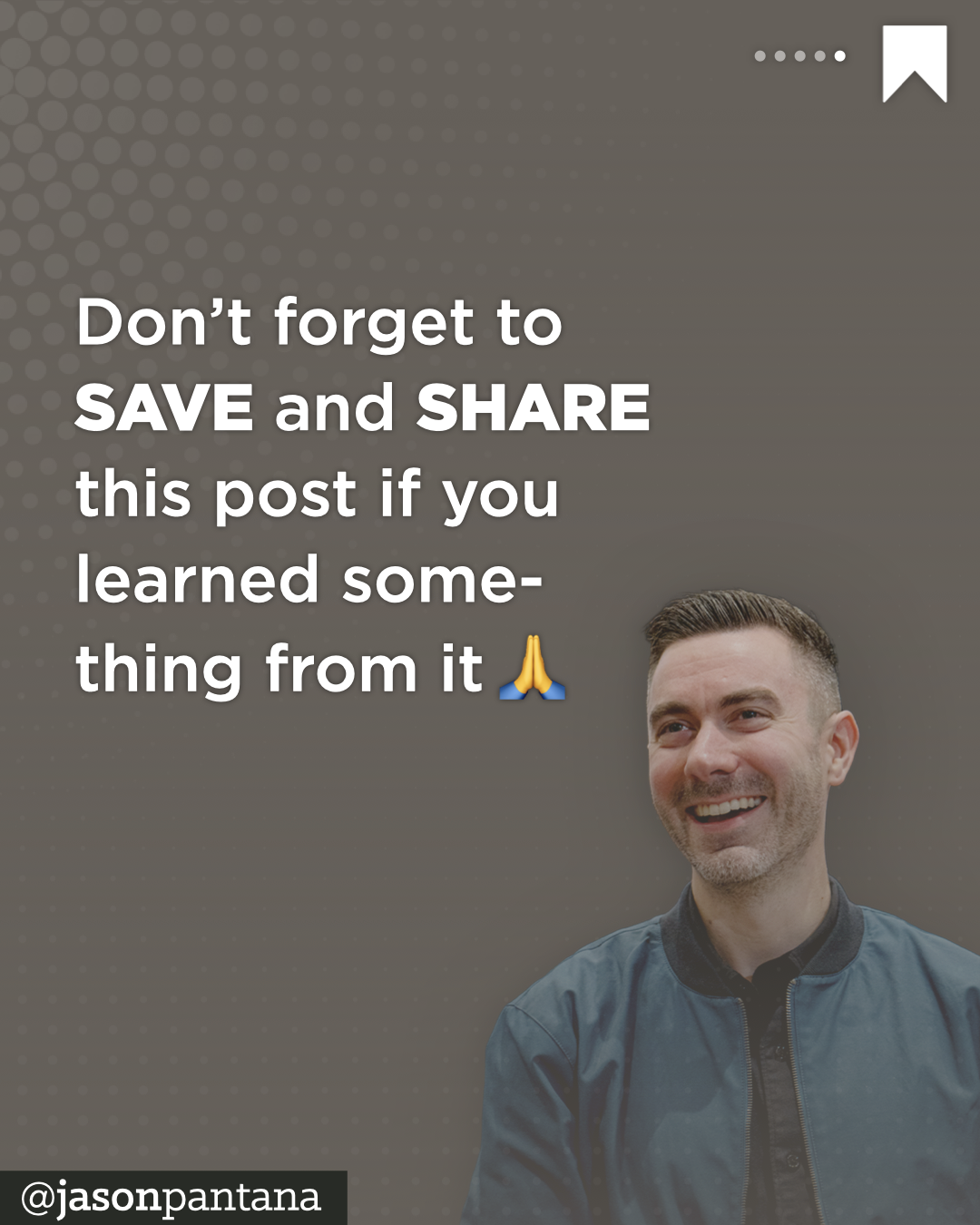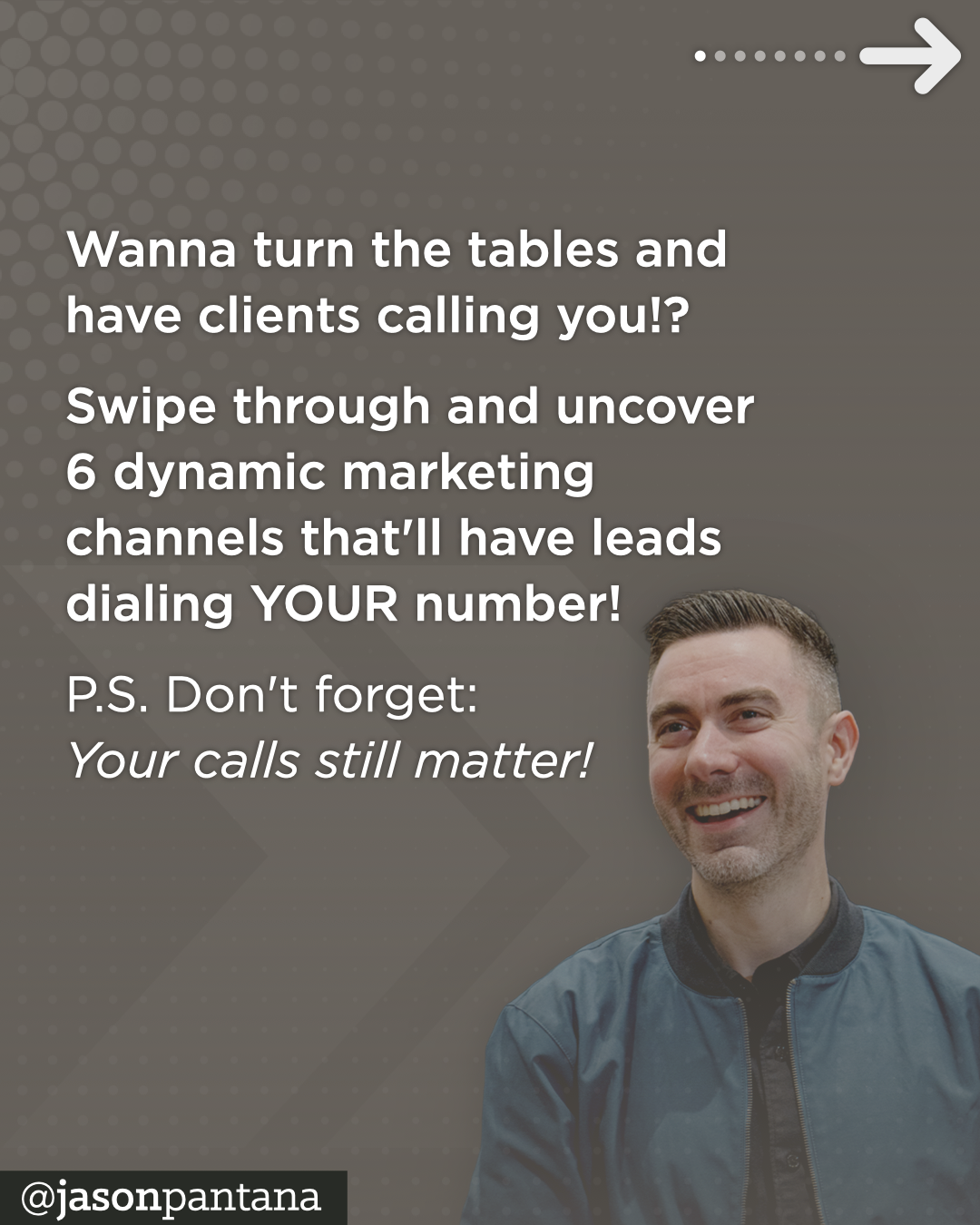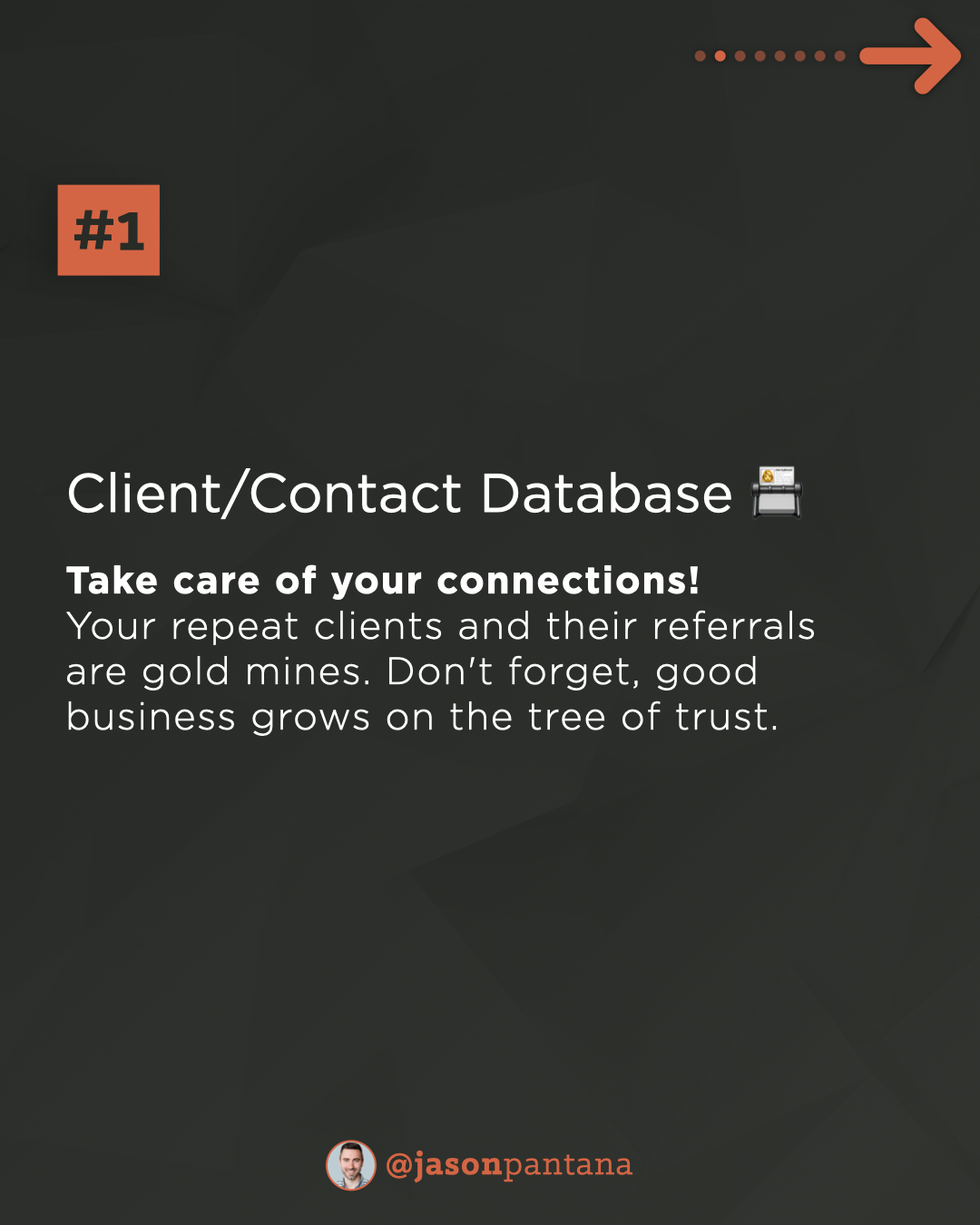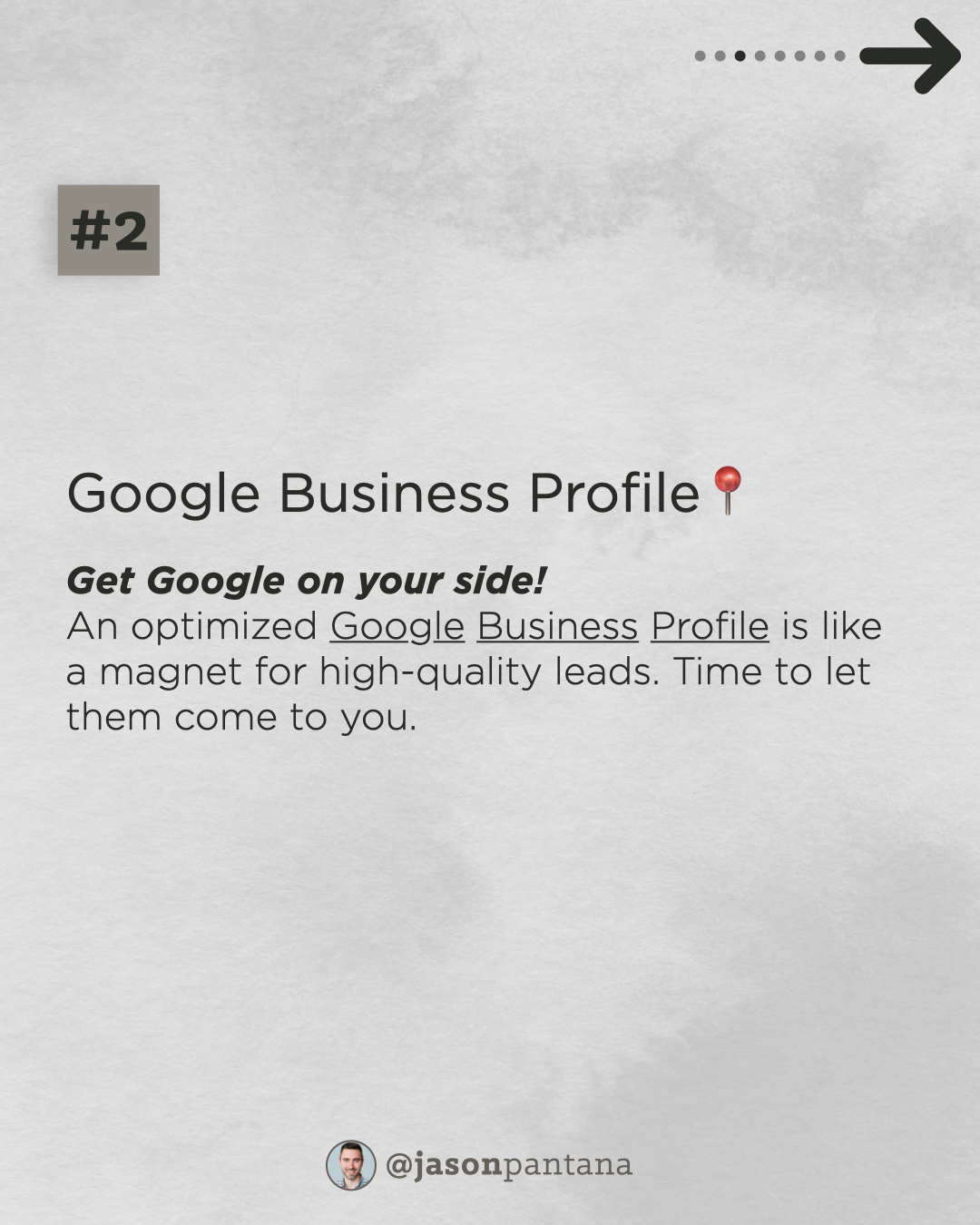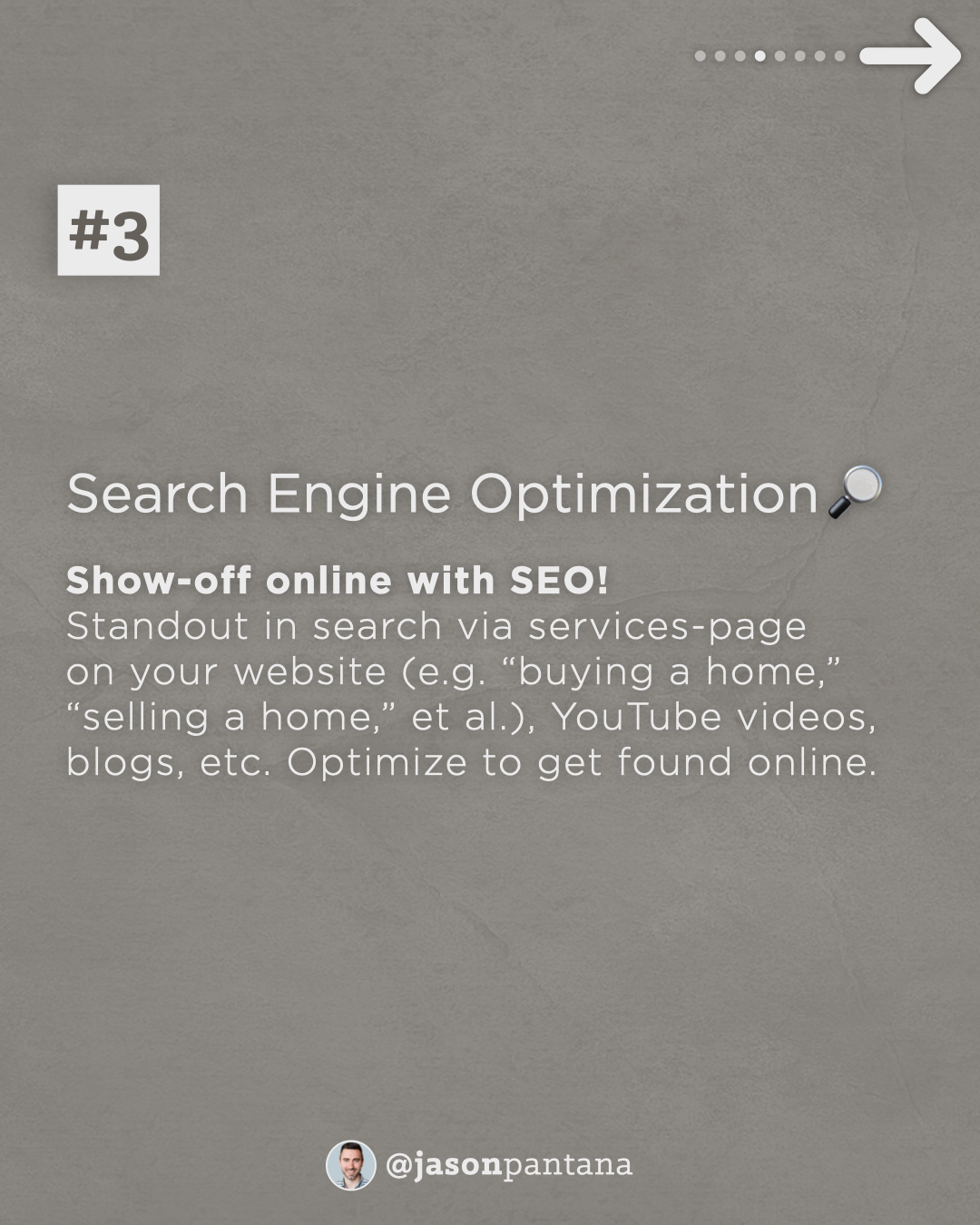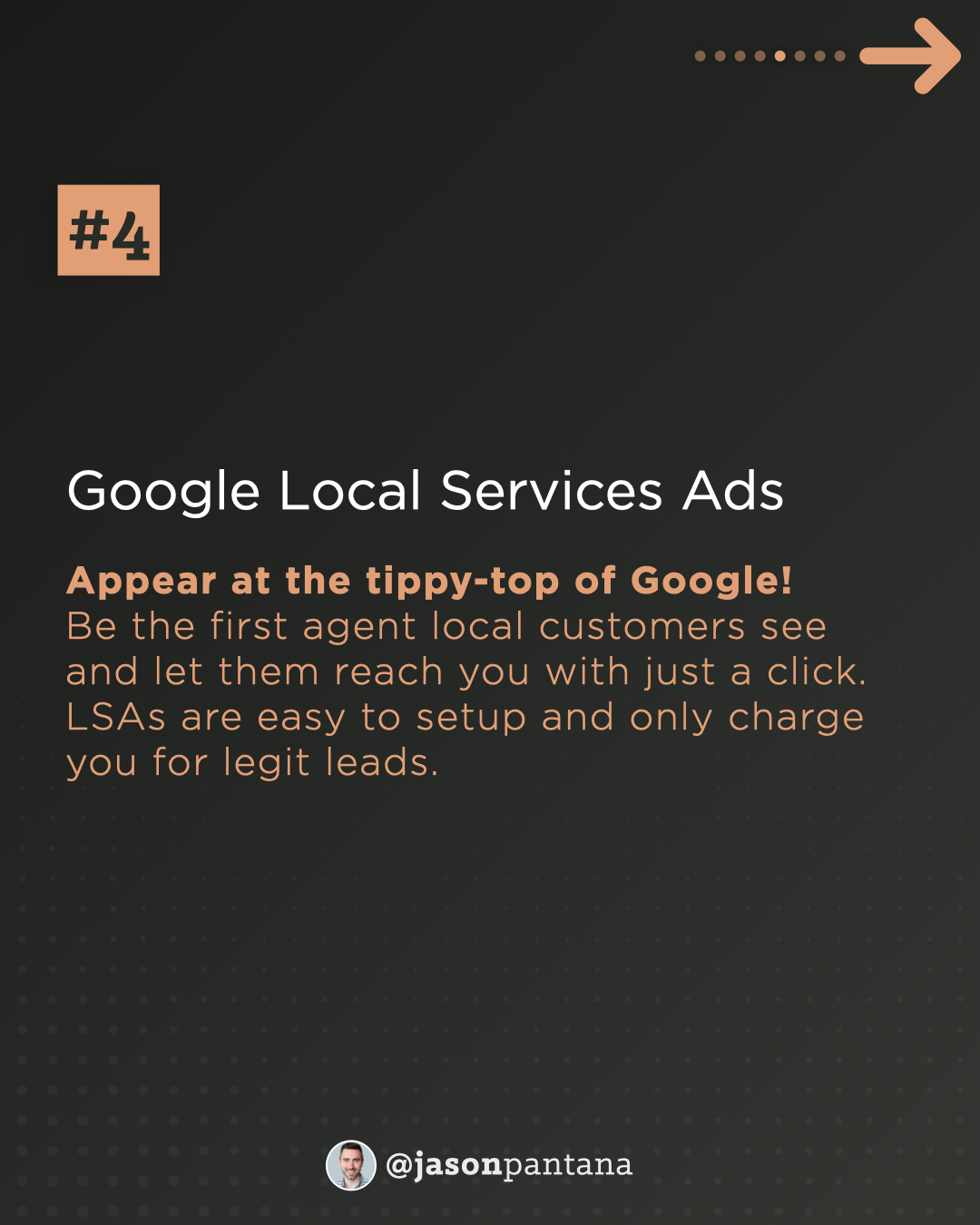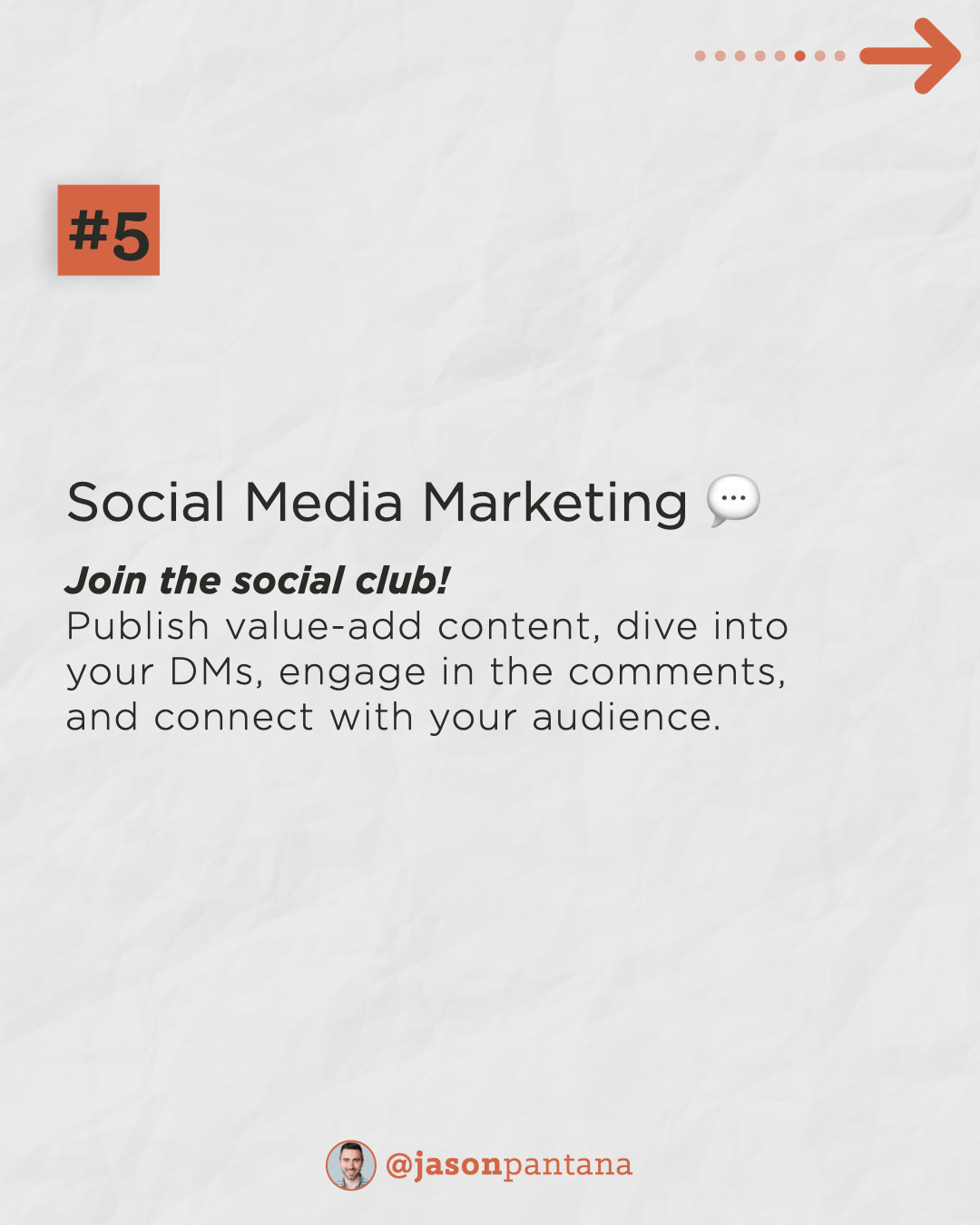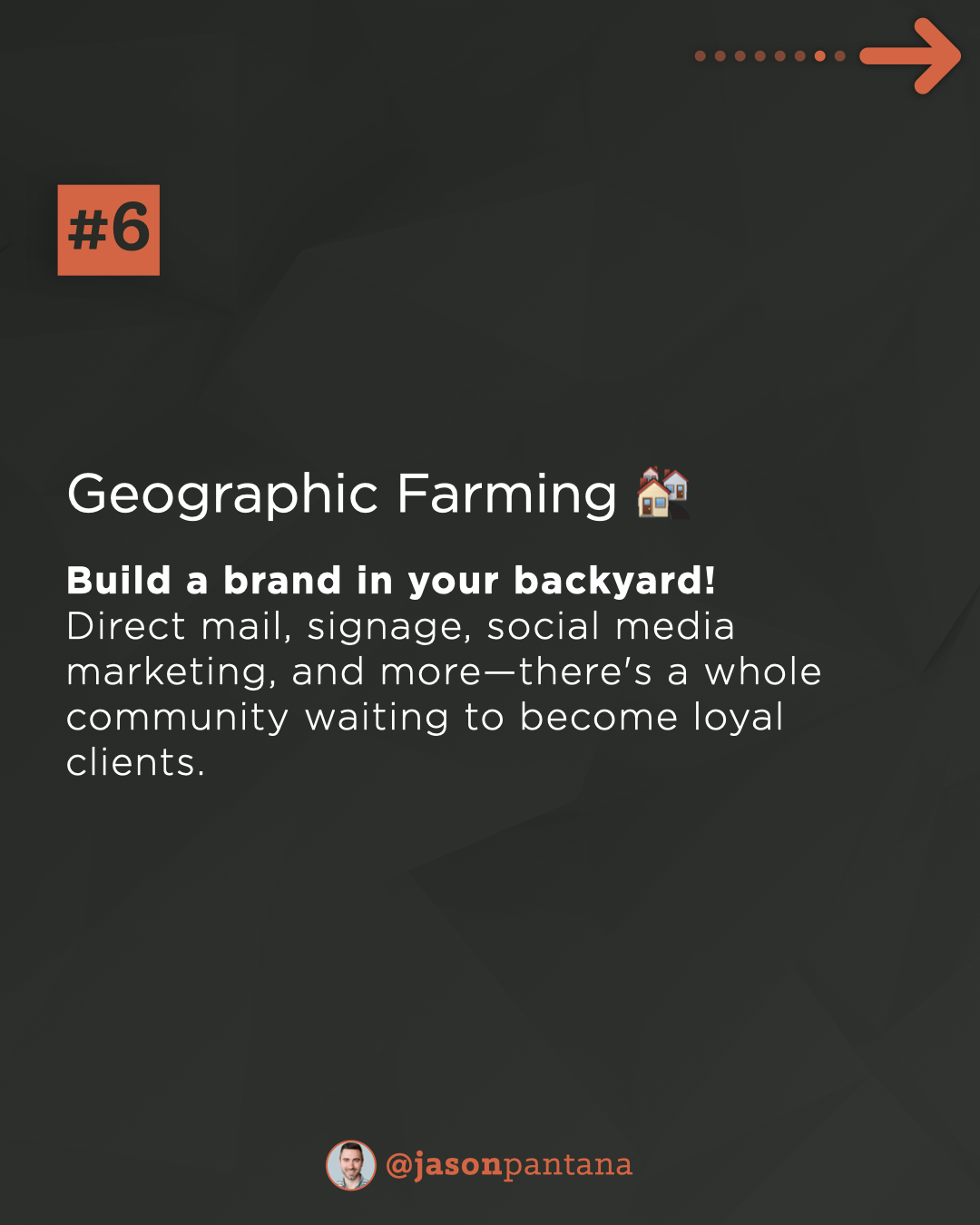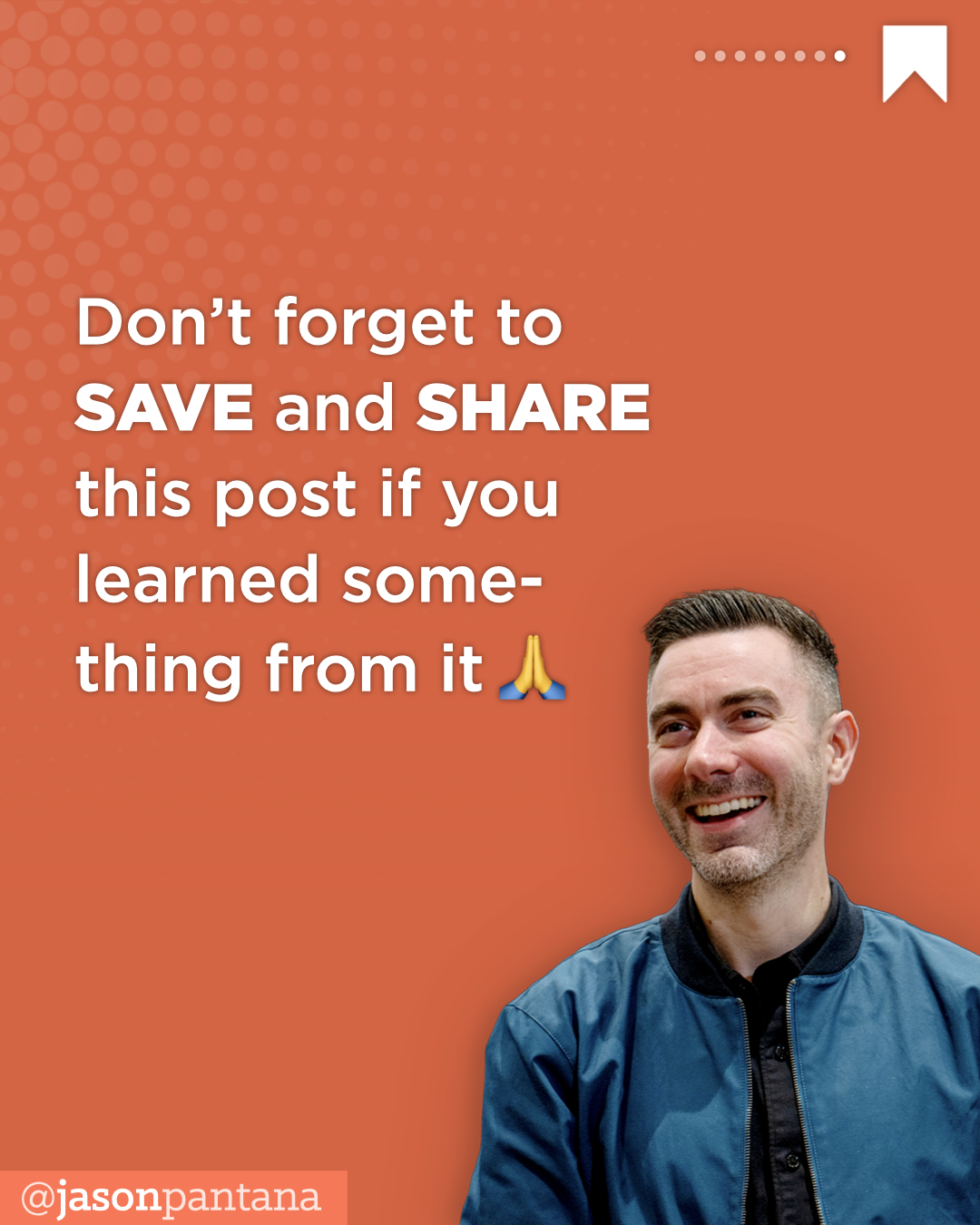Amidst the world of scrolling thumbs and double-taps, Meta—that is, Facebook and Instagram—has unveiled a new ad format positioned to help businesses and creators break through the noise of an ever-scrolling feed.
When advertising on these platforms, your precious ads generally appear within users' feeds, where their attention is constantly fleeting. It's a “blink-and-you-miss-it” situation.
But take heart because there's a new ad placement in town: SEARCH.
See, when users actively search for something, it signals a higher intent—a clear interest in finding something specific.
With Meta ads—encompassing Facebook and Instagram ads—you, as an advertiser, can now target your ads based on user searches, positioning yourself closer to that decisive moment.
HOW META SEARCH ADS APPEAR:
For Facebook search results: Your ads are displayed alongside Facebook and Marketplace search results that are relevant to the user's query.
For Instagram search results: Your ads show up in the search results when users enter a keyword search term in the search bar within the Instagram app.
HOW TO RUN META SEARCH ADS:
Open your Meta Ads Manager and create a new campaign.
Select an objective that suits your preferences, such as Engagement, Traffic, and so on.
Designate Housing as your Special Ad Category.
Fill in the necessary details, including target audience(s), budget, start/end dates, geographic area, and other standard parameters.
Navigate to the "Placements" section and choose "Manual placements."
Keep in mind that Meta search ads function differently compared to Google ads. While Google requires you to specify the exact words and phrases for triggering your ads, Meta takes a different approach by inferring keywords from your ad copy. This includes caption text, video transcript (if applicable), and the landing page if you're directing traffic off of the platform.
Consequently, it is crucial to use clear and concise language to describe the desired action for users who are likely searching for what you offer.
Additionally, here's an important consideration: since you're targeting high-intent searchers, it might be prudent to exclude potential ad placements other than Facebook and Instagram Search, although it will be required to keep Facebook and Instagram feeds enabled.
Lastly, since this is a newly introduced ad placement, it's crucial to closely monitor whether your ads are actually appearing in search results and how they’re performing with respect to your goals. Simply make adjustments to your ad copy until you find the sweet spot.

